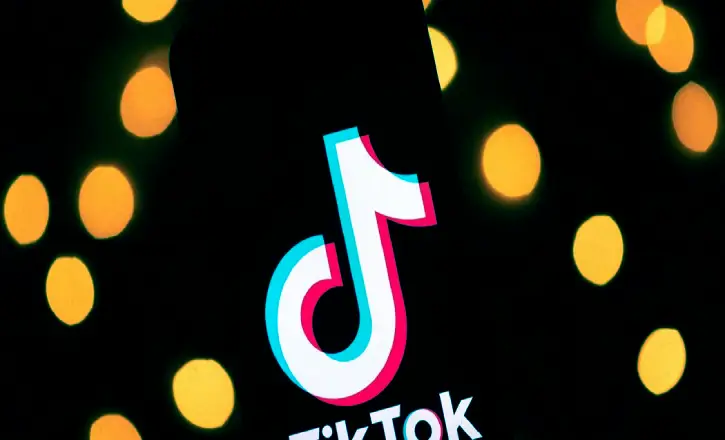TikTok is the most prominent smartphone application for creating short artistic videos. For example, it allows authors to make short videos that resemble musical videos of up to a dozen seconds in length. Identified initially only with the Z generation, it now has a massive following among web users of all ages. However, it is essential to note that 41% of TikTok viewers are aged 16 to 24.
TikTok presently has 689 million monthly engaged users worldwide. In addition, the application has been installed more than 2 billion instances on the App Store and Google Play, ranking it the most successful software of 2020. Due to the growing competition, many users opt to buy TikTok likes to boost their reach and outshine their competitors with ease. Although the Telegram messenger pushed it to second position in 2021, TikTok remains the most popular application on the App Store.
To better customise material to their customers’ preferences, the internet’s leading amusement companies have decided to deploy algorithms dependent on artificial intelligence technologies. As a result, they will spend more time on your site or program.
Table of Contents
Trollishly: Other Leisure Websites’ Algorithms Vs. TikTok’s Algorithm
The precision of suggestion algorithms in programmes and websites that we utilise every day sometimes astound us. As a result, the accompanying inquiries are frequently made. For example, how does YouTube understand you would like to view a clip right now? Why are Spotify’s “Discover Weekly” playlists tailored to your preferences? What are the steps involved in implementing these algorithms? Everything is possible when set up correctly.
You may also look at how Netflix, Amazon, and TikTok’s suggestion systems perform. The TikTok algorithm, on the other hand, demands a more profound look due to its surprisingly high performance.
What Is The Deal With TikTok’s Suggestion System?
The TikTok app is packed with one of the most significant suggestion engines in the business and an intelligent expansion plan.
TikTok is incredibly good at forecasting what a particular user will be engaged in, thanks to sophisticated algorithms relying on computer learning and artificial intelligence technologies.
The suggestion engine provides a personalised stream for each user, with material that is targeted to them. The TikTok algorithm employs machine learning algorithms to discover and anticipate the material with which a given user is most inclined to engage. You can also take advantage of sites like Trollishly.
Depending on thorough specifications, the program gathers information about people and resources. Customer engagements with the program, details about the video on the network and devices, and profile settings are among the three types of knowledge.
The suggestion engine algorithm filters all of these facts, looking for relationships between them to truly comprehend customers’ tastes and activities.
What The Tiktok Algorithm Filters Data?
The TikTok suggestion engine utilises primary data and secondary data processing methodologies:
Filtering By Content
This kind of information sorting seeks out connections between comparable videos and clips that the consumer has already seen. The technology seeks content similar to what a customer has already seen on the network by analysing commonalities in the videos accessible. You can also optimise your content by upgrading your profile with the help of service providers like Trollishly.
Customers are recommended new content acquired from previous engagements, such as posting, discussing, or re-watching content.
Filtering By Collaboration
A strategy for matching outcomes that consider not only their material but also the behaviour of other users.
The suggestion algorithm proposes content based on the surfing histories of individuals with comparable preferences and activities, which their region, nationality, language can determine, and other factors.
TikTok’s Active Suggestion System
How does TikTok’s suggestion engine proceed from gathering customer information to showing a customised feed with material targeted to their requirements?
The user’s first interaction
When a user initially launches the TikTok application, they are provided with eight great clips that span a variety of recent trends, entertainment, and other themes.
Then, depending on what it understands about the user’s experiences with specific videos, the suggestion engine will create additional variations relying on these eight video resources.
Making Follow-Up Suggestions
The suggestion engine then finds clips comparable to the ones that the viewer is most engaged in. It does so using the data accessible on the various objects, such as geolocation, remarks, registrations, hashtags, and audio.
Organising Comparable Videos And People Into Categories
When the TikTok suggestion engine has gathered sufficient information about a person, it may trace his choices regarding other individuals with similar activities and arrange them into “groupings.”
Main sections and subjects of videos, such as “automotive” or “funny,” are also crucial in this category.
Assessing User Engagement In Specific Categories
The suggestion engine distributes content collections to specific sets of people depending on their resemblance and analyses how people view them using machine learning technologies.
Staying Away From Boredom
The TikTok interface and its suggestion algorithm always attempt to retain users’ focus by providing them with fascinating material. As a result, the programme strives to avoid over-repetition of materials that may weary a client within a term.
Final Thoughts
The above content would help you get some proper knowledge of what the TikTok algorithm is based on and how it operates. We believe it helps you reach great heights in your business with a better strategy. Make sure you understand the concept and work on the process that works for you to achieve quality results.

